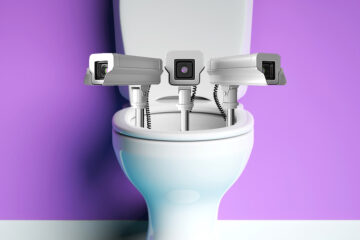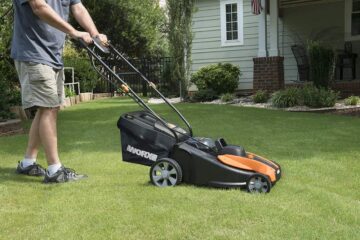The 6 Rules For Watering Your Plants

Although it may seem like an easy task, there are a few guidelines you must abide by to water plants correctly. Read on for our top advice on watering plants if you want your yard to flourish.
Don’t water too frequently
Overwatering plants is one of the worst blunders that gardeners do. This wastes water and is unsustainable, but it can occasionally hurt plants, especially the roots. The root may become weak and rot from too much water. Be careful to water the plants only when they require it. This will highly depend on the type of plant and the climate you live in.
In an area with a mild climate, water once or twice each week, using enough water each time to wet the soil to a depth of about 6 inches. Although the soil’s top can dry out in between waterings, the soil itself should stay moist.
Make sure you use the quality soil
The soil’s condition has a significant impact on plant irrigation as well. Your plants will dry out more rapidly if you’re using poor-quality soil because it won’t keep moisture as well. To give your plants the best chance of thriving, choose high-quality potting soil or garden soil.
For best results, conduct research on the soil type that works best in your region. To grow veggies or ornamental flowers successfully, you’ll need the right soil.
Let’s mention some of the most famous types of soils:
l Clay soil,
l sand soil,
l silty soil,
l loamy soil,
l chalky soil
Make sure you have efficient watering equipment
While almost anything may be used to water plants, some items make the process much simpler. You can make sure your plants are getting enough water to drink by using a decent watering can or hose to uniformly disperse the liquid to them.
It is simpler to store the hose and unravel it when necessary with a retractable garden hose reel. Furthermore, some extra garden hose fittings may come in handy just in case. Large expanses of your garden may require high pressure to be covered, but a well-planned irrigation system can partially make up for this.
It’s not about how much, it’s about when you water it
When the sun isn’t as intense as it is at peak hours, most plants need water in the morning or the evening. They can retain more moisture and sweat less during the warmest parts of the day. To prevent wilting, water plants only in the early morning or late afternoon if you must during the heat of the day.
To ensure that the plant roots are adequately hydrated, water deeply and sparingly. Water the topsoil till it is moist but not waterlogged as a general rule. The plant will receive the ideal amount of water in this manner.
Avoid watering each plant at the same time
The biggest error of all is allocating one day of the week to watering and watering all plants at once without regard for their needs. While this is undoubtedly more practical and time-saving, potted plants require varying amounts of watering.
Houseplants can be categorized by how much water they require (water-loving, somewhat water-loving, or drought-tolerant), or even by where they came from (desert, subtropical, tropical). It is best to check each variety and species’ specific requirements and create a schedule specifically for that plant.
Adjust your irrigation routine to any changes
Rarely is it possible to water at a constant frequency. Watering needs to be increased if it’s hot outside, the heating is working harder, the humidity is low, and the plants are developing quickly.
Always keep in mind that there are a variety of other elements that affect when to water.
l how big the pot is (the larger the container, the less frequent the watering)
l Potting substance (plants in ceramic containers should be watered more often)
l the amount and variety of foliage
l the area’s position and the ventilation frequency.
l the air’s humidity content.
l how much root growth there is in the substrate.
To sum it up, it may seem difficult to water plants, but if you keep these ten golden principles in mind, you can keep your garden lush and green all summer long!
These are just a few suggestions to make watering your plants easier for you. You can make sure that your plants receive the proper amount and distribution of water by adhering to these straightforward instructions.











